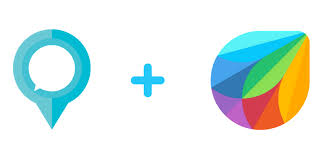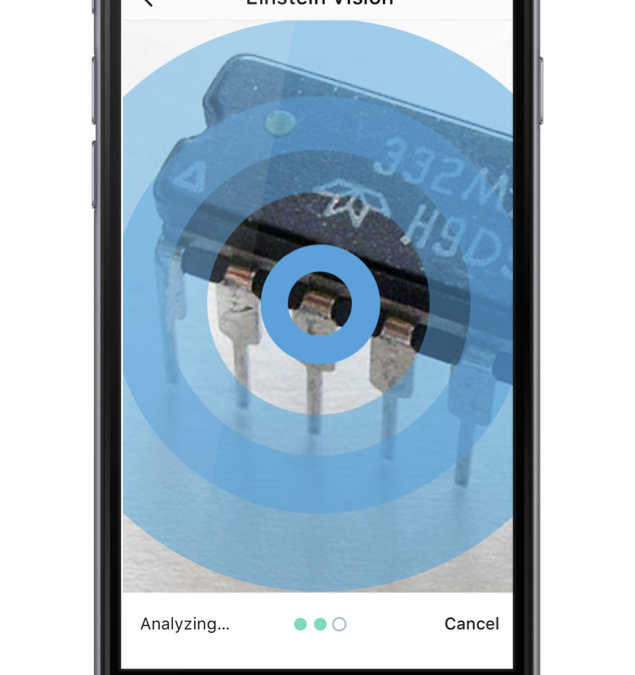
by twieberneit | Jul 25, 2017 | Analysis, Blog |
A few days ago Freshworks announced the acquisition of startup Joe Hukum, making it its eighth acquisition. Joe Hukum builds a chatbot platform that enables companies to quickly build their own chatbots for sales-, service-, or marketing purposes. In contrast to the technologies built by Frilp (acquired October, 2015) and Chatimity (acquired October, 2016) that rely on NLP (Natural Language Processing, as opposed to Neuro-Linguistic Programming) technologies, these bots are built using a Decision Tree technology. In order to be able to provide more advanced speech recognition they can connect to services of the Stanford Natural Language Processing Group, wit.ai, or api.ai. The created bots can be connected to websites, apps, or Facebook. The press release got published on July 20, 2017, but you can read it right here, before moving on to My Take. Freshworks acquires chatbot platform startup, Joe Hukum Company enhances capabilities to help businesses build and deploy bots San Bruno, July 2017 — Freshworks, the leading provider of cloud-based business software, today announced the acquisition of Joe Hukum, a platform that enables businesses to build their own chatbots based on logical workflows. This acquisition marks Freshworks’ eighth in just under two years, as it further bolsters capabilities to strengthen its business software suite. Freshworks had earlier acquired Chatimity and Frilp, key acquisitions that are enhancing neuro-linguistic programming (NLP) based Artificial Intelligence capabilities, while Joe Hukum’s decision tree based frameworks complete key capabilities to launch chatbot-powered solutions. Joe Hukum was founded in July 2015 by Arihant Jain, Ajeet Kushwaha, and Rahul Agarwal, who were the founding team behind two of India’s most prominent...

by twieberneit | Jul 13, 2017 | Analysis, Blog |
On July 12, 2017 Salesforce announced its new, Einstein-enhanced version of Field Service. This release brings mainly three innovations to the already strong Service Cloud, which is the leading Customer Service solution according to Gartner Group. Here the complete wording of the press release, in case you did not want to follow the link but still are interested in it: Salesforce Delivers Einstein AI and Analytics For Field Service Lightning Built on the Service Cloud Platform, new innovations for Field Service Lightning arm the mobile workforce with image recognition technology, smart equipment management and deep analytics to bolster productivity and efficiency Companies including Atlantic Energy are harnessing the power of Field Service Lightning to deliver insight, onsite SAN FRANCISCO—July 12, 2017—Salesforce [NYSE: CRM], the global leader in CRM, today introduced Einstein AI and Analytics for Field Service Lightning, empowering companies to deliver a smarter onsite customer experience that is built on the world’s #1 customer service platform. Field Service Lightning now brings together the insights and intelligence mobile workers need to increase productivity, boost onsite efficiency and drive revenue. The Salesforce Service Cloud has redefined customer service across every major technological shift—cloud, mobile, social, messaging and more. And last year with the introduction of Field Service Lightning, Salesforce extended the power of Service Cloud to create a full service platform for managers, dispatchers and mobile workers. However, as the multi-billion dollar field service market expands into new industries—including finance, healthcare, manufacturing and retail—there is even more demand to deliver onsite service. Field service technicians have to deal with complicated equipment, don’t always have the right parts and often lack...

by twieberneit | Jun 20, 2017 | Analysis, Blog |
A while ago Angela Lipscomb from SAS got in touch with me to get me introduced to SAS’s concept of a Customer Decision Hub. Their Customer Decision Hub is a solution concept that shall allow organizations to derive insights and to trigger actions from interactions with external parties, like customers based upon rules and the derived insights. A Customer Decision Hub e.g. orchestrates the determination of Next Best Actions, and allows responding to an incoming request in real time using analysis and decision logic. At the same time standard communications can get suppressed based upon the same set of rules. In other words, the Customer Decision Hub fosters customer engagement based upon inbound signals that get analyzed and processed through the organization. Why is this remarkable, I hear you asking? It is remarkable because SAS Software first of all is an analytics company with a strong reputation for enterprise analytics at the higher end of performance and price point. SAS describes itself on LinkedIn as “the leader in business analytics software and services, and the largest independent vendor in the business intelligence market. Through innovative solutions, SAS helps customers at more than 70,000 sites improve performance and deliver value by making better decisions faster. Since 1976 SAS has been giving customers around the world the power to know®.” SAS is not a company that is widely known for being actively engaged in the customer engagement market (pun intended). So I was intrigued. And so should you be. Finally, a few days ago my somewhat erratic schedule allowed me to have a follow-up with Troy Kusabs of SAS Software in...

by twieberneit | Jun 17, 2017 | Blog |
With mobile phones taking over our lives and conversational interfaces becoming ubiquitous there is certainly a new level of demand arriving at customer service centers. Customers do not accept a mediocre service experience anymore. With their smartphones they have the means to get to customer service with nearly no delay and they are certainly willing to use it. And they do it. In this situation customers are often already feeling some frustration or disappointment because they couldn’t achieve what they wanted to achieve in the first instance. They already had their taste of a suboptimal customer experience. Frustration, disappointment – customers’ negative emotions towards a brand have a corresponding negative impact on the business. Customers just might go buy somewhere else. After all, in times of smartphones this has become simpler than ever. The support center now has best chances to add the feeling of being disrespected and outright anger into the mix. Or it can create a feeling of relief, of being respected, valued, even some satisfaction; this in spite of having come into the need of asking for support. Here the service agents have the opportunity to create a positive customer experience out of a poor one – one that will overlay the negative one. Use Customer Service To Create Positive Emotions Which one is better for the company – and the company’s bottom line? The answer to this question is pretty obvious. Inmoment Research recently released a study that clearly established links between positive experiences and positive outcomes for a company. And this was not the first study finding that investing into positive customer experiences results...

by twieberneit | May 4, 2017 | Blog |
Today’s businesses are in a difficult situation. Their customers demand more experience and contextually relevant engagements than they are equipped to deliver. This places them on a difficult trail that they need to navigate in order to be and stay successful. Their challenge is that technology does help everyone, especially their customers, because, also thanks to the consumerization of technology, it is far easier and cheaper for customers to implement and use technologies. Good technology examples of the past decade include the meteoric rise of messaging services and, before that, social media. As a consequence of this today’s customer is less depending on company marketing- or sales organizations and has a far higher reach when it comes to satisfying an information need. Consequently, Google finds that a whopping 99.8 per cent of all online ads are simply … ignored. Sales representatives are on the verge of becoming irrelevant. An increasing number of studies find that customers contact a sales representative only after a product decision has been made. This was a topic that was already discussed during CRM evolution 2016. Other studies determine that customers are abandoning shopping carts already following a single poor service experience. While these studies often are commissioned by vendors there still are too many of them to not indicate that there is a problem. After all there is bound to be a fire where there is smoke. The 1990’s customer was happily working with and believing in corporate messaging that got delivered via unidirectional channels like TV, radio, or the newspaper. Today’s customer uses available technologies and is always online, digitally connected and socially...






